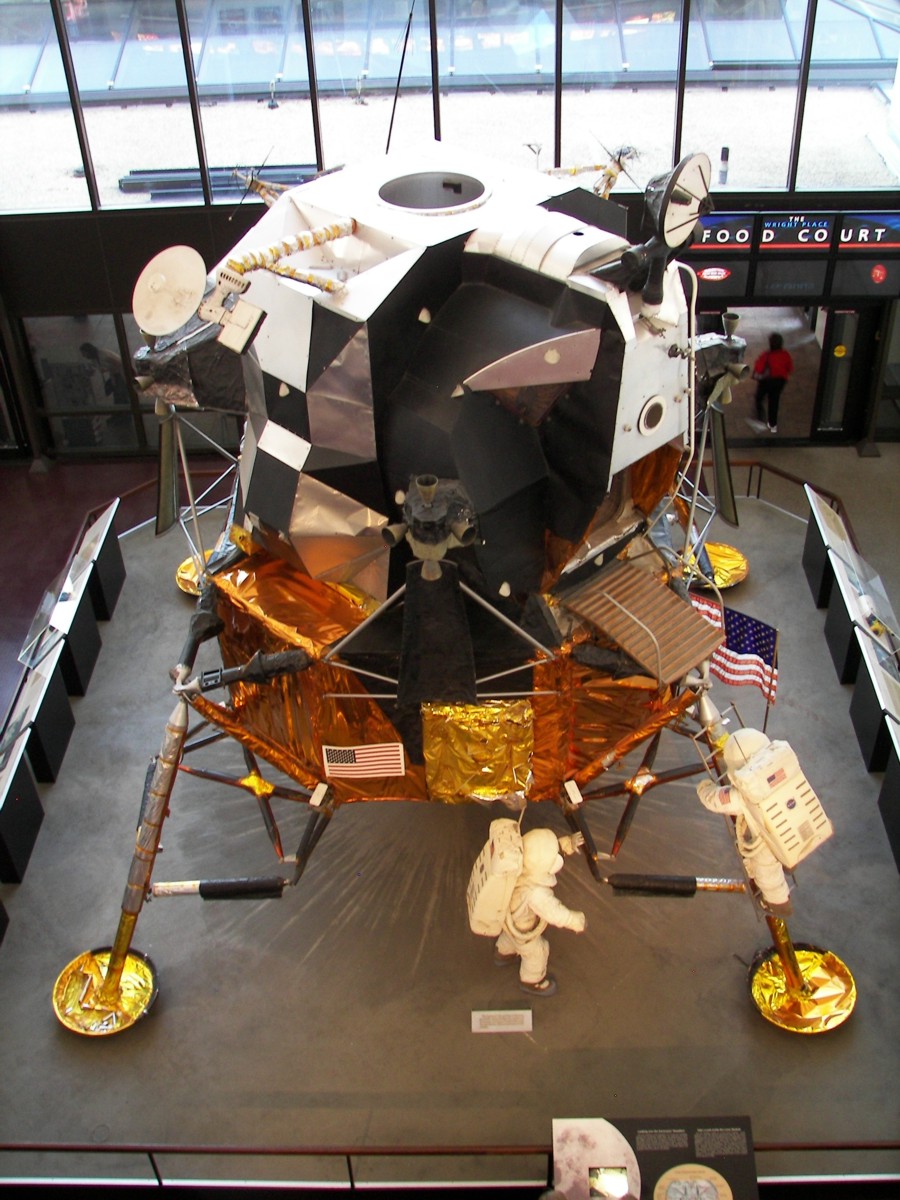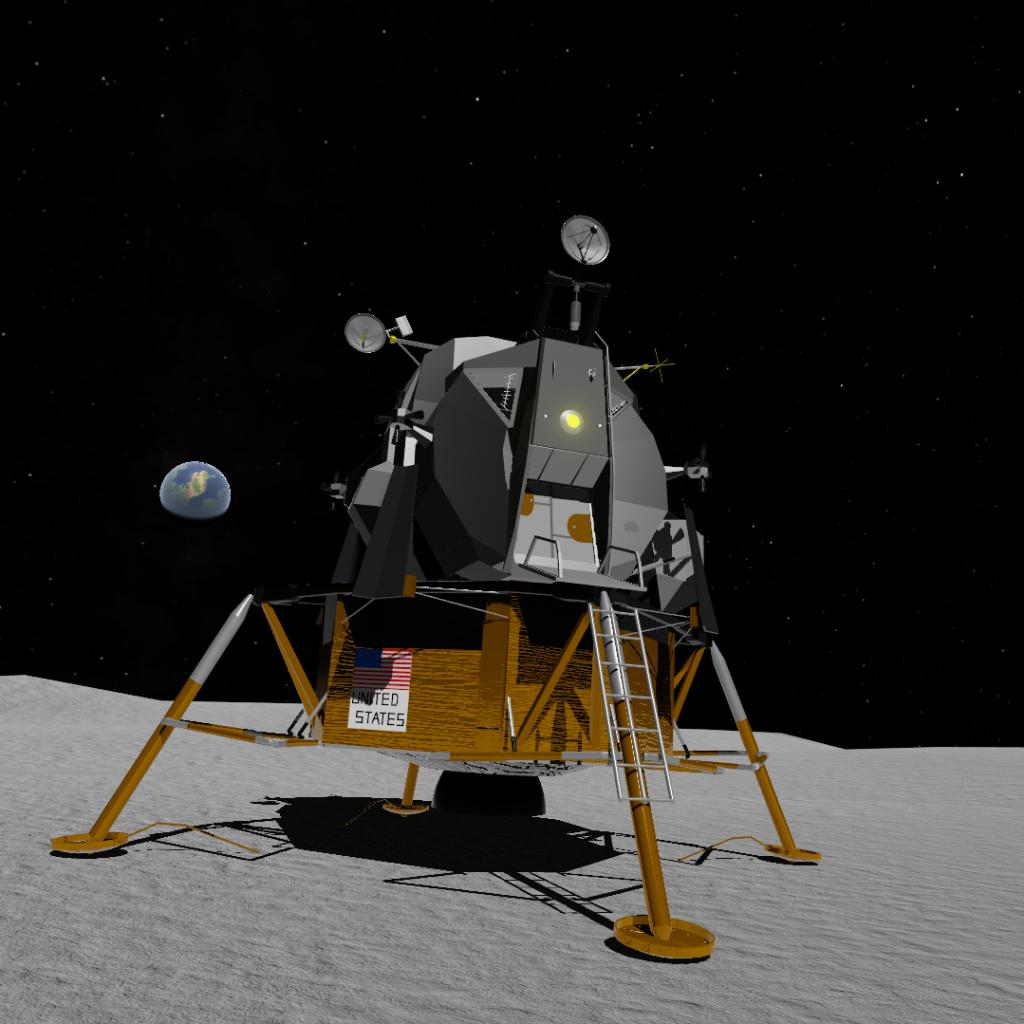

Now, it’s down to Astrobotic and Intuitive Machines, both of which are aiming to fly their landers sometime this year. Originally, the agency had funded three companies in its first round of contracts, known as the CLPS program, but one of the awardees dropped out. “Our first priority is mission success, and if it happens to be the first, great.”īy funding multiple companies, NASA also hoped to spur some friendly competition. It’s a small part of NASA’s flagship Artemis program, a major effort by the agency to eventually return humans to the lunar surface. Both companies have received multimillion-dollar contracts from NASA to help spur the development of their landers, which, in turn, provide the space agency with a way to get scientific experiments to the Moon. The other is Intuitive Machines, based out of Houston, which is building its own robotic lunar lander called Nova-C. The vehicle has various locations it can store mounted payloads for experiments designed to take advantage of the lunar environment and customers who just want their products on the lunar surface.Īstrobotic, based in Pittsburgh, is one of two private companies aiming to become the first to send a commercial robotic lander to the Moon - and have it land in one piece.

Five main engines mounted on the lander’s base will help navigate the vehicle through space and eventually allow the vehicle to touch down on the surface of the Moon. It marks the first time the company has shown the mostly finished flight hardware for the lander ahead of its launch, tentatively scheduled for late this year.Ĭalled the Peregrine Lunar Lander, the spacecraft is roughly the size of a squat refrigerator, standing just over six feet tall. The award is part of NASA’s Commercial Lunar Payload Services initiative.This afternoon, commercial space company Astrobotic unveiled its nearly complete robotic lunar lander, designed to take payloads for paying customers like NASA to the surface of the Moon. NASA has awarded Texas-based Firefly Aerospace a $93 million contract to deliver a suite of 10 science investigations and technology demonstrations to the moon in 2023, using Firefly’s Blue Ghost lander.For what it’s worth, Blue Origin is one of Maxar Technologies’ partners on the Power and Propulsion Element. Total cost to NASA is about $331.8 million, including the launch service and other mission-related costs. Gateway’s Power and Propulsion Element, as well as the Habitation and Logistics Outpost, would be sent out in a single launch that would take place no earlier than mid-2024. NASA has selected SpaceX’s Falcon Heavy rocket to deliver the first elements of an international Gateway outpost to lunar orbit.In the wake of Bezos’ announcement last week that he’d be stepping away from his CEO role at Amazon, Reuters quoted an unnamed senior industry source as saying that the billionaire “is going to kick Blue Origin into a higher gear.” Blue Origin has lagged behind SpaceX in rocket development.Last month, NASA said it would delay its decision on who gets the nod until as late as April. That schedule is almost certain to be pushed back, however, due to the transition in the White House and budgetary concerns.īlue Origin’s lunar lander team - which also includes Lockheed Martin, Northrop Grumman and Draper - is competing with SpaceX and Dynetics for NASA’s nod to proceed with development of a full-service human landing system. If NASA sticks to its current schedule, the demonstration lander would touch down near the moon’s south pole in 2023, in preparation for a crewed landing in 2024. Previously: Blue Origin fleshes out plans for cargo delivery to the moon

NASA’s Langley Research Center has already provided a crane for the pathfinder tests, and Sqyures said Honeybee Robotics is developing a payload-lowering davit system. Sqyures said the cargo lander will have a crane system to offload a rover and other payloads. We can begin to build up Artemis Base Camp.” … We can pre-position material, and it can be whatever you want it to be. “That provides an enormous amount of risk reduction,” Blue Origin chief scientist Steve Sqyures - a veteran of NASA’s Mars Exploration Rover missions - explained in the video. The company intends to have a cargo-only version of the descent element lander ready to take on a demonstration mission to the moon one year in advance of the first crewed landing for NASA’s Artemis program. Take a look at some recent progress and how we are advancing America’s return to the Moon. Blue Origin’s heavy-duty landers are being designed to deliver a metric ton of payload to the lunar surface.Īt our Huntsville, Alabama factory, we built a full-scale pathfinder of our #HLS Descent Element lander in preparation for our demonstration mission.


 0 kommentar(er)
0 kommentar(er)
